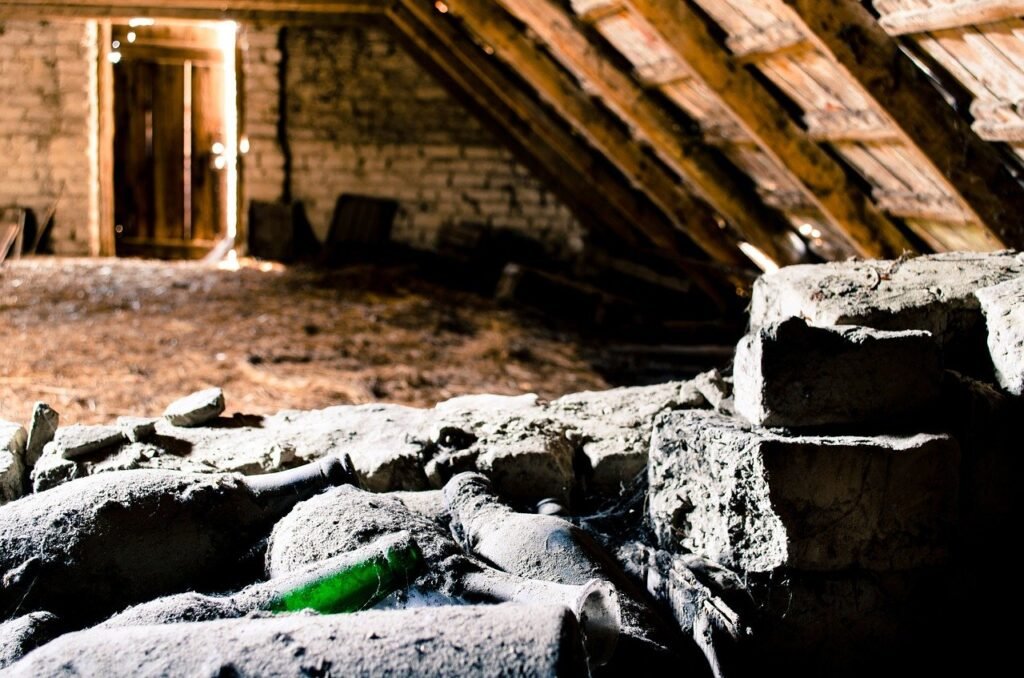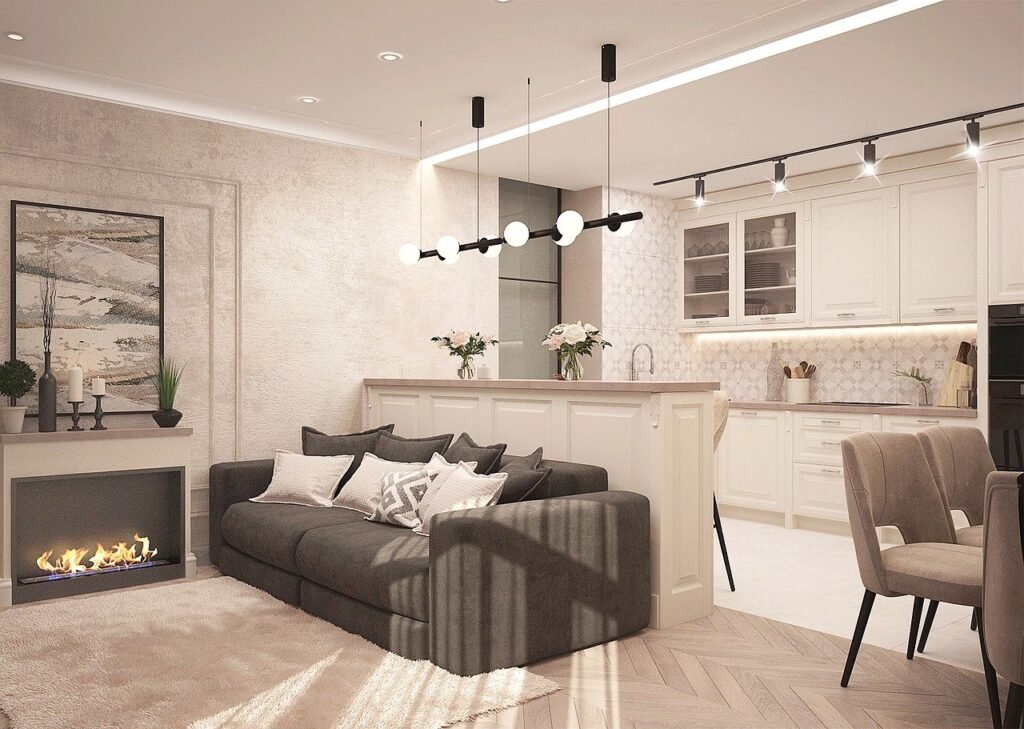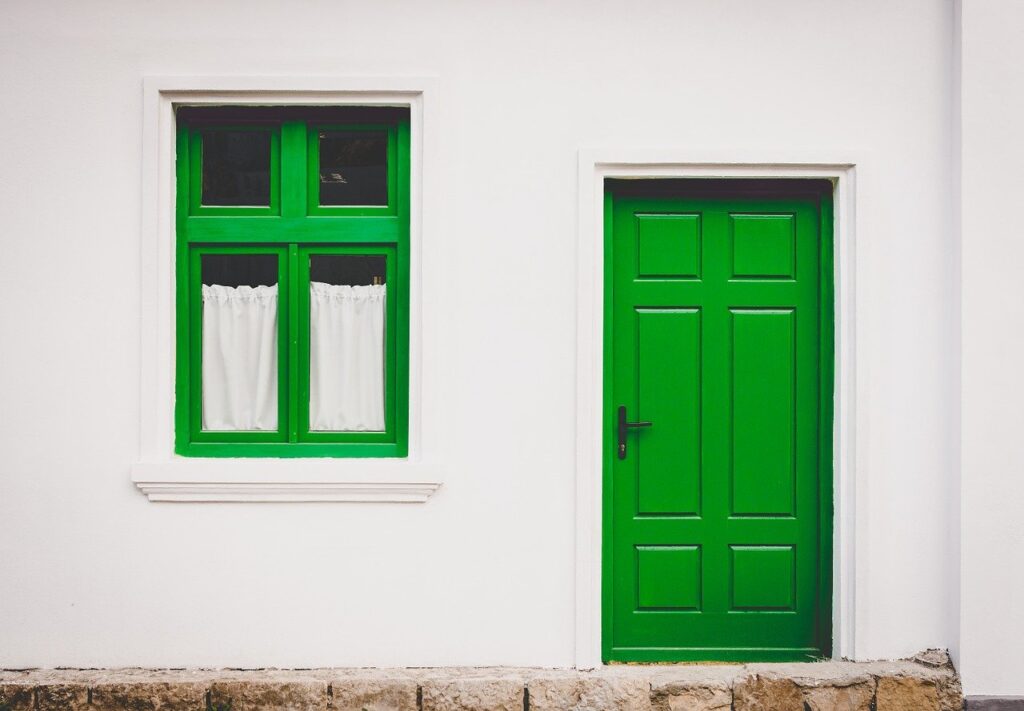An important part of reducing energy costs in the home is sealing air leaks.
Whether heated or cooled, air escapes from your home and has to be replaced by air from the outside. This air may be cold or hot but either way if will affect the internal air temperature and humidity, and therefore the comfort of the living spaces.
Badly maintained it could cost a small fortune.
Unconditioned air from the outside has to be conditioned for your home to remain comfortable. If you can keep the conditioned air inside the home longer it will save energy dollars by not having to condition new air. It would be very difficult to stop all the air leakage in your home nor would your want to. For maintaining air quality it is recommended that natural air changes per hour not be less than .35, In other words a little over one-third of the entire volume of air should be replaced with fresh air every hour.
As an additional point in these covid times, indoor air quality and proper ventillation is essential to keeping everyone healthy so pay attention to this – air sanitizers, expecially those that use hydroxyls, a natural sanitizer for air and by default durfaces should be considered, especially in high traffic areas like kitchens, living rooms and stairways.
I have a number of other articles on this site that cover air quality and the following may also be interesting.
We recommend Wellisair for the home.
Example of Attic Air Sealing / Ventillation
When air sealing you should begin with the largest leaks first. Begin by sealing air leakage into the attic, including the attic hatch or other accesses that may need to be weather stripped and insulated. If everything is as it should be, the attic area should be a lot cooler than the home itself.
Heat rises. Because of this basic principle, hotter air often collects in the roof cavity, making it harder to heat / cool your home and reduce energy costs. Seems like a minor item on your energy to-do list? Not so. Properly ventilating the roof or attic area can allow your home to breathe and, in turn, allow your insulation to work smarter and reduce heat in the roof cavity. A solar powered or electrical rooftop ventilation fans will not only drastically reduce indoor heat, but they can significantly reduce your energy bills.
Another problem area in the attic are kitchen and bathroom soffits; this is an area where the soffit is framed, then sheetrock is installed around the soffit instead of to the ceiling joists leaving the soffit and often the wall open to the attic. These can be sealed by covering the opening with a fire rated foam board or plywood and then caulking or foaming the edges. Look for dirty spots in the insulation they often indicate holes where air is leaking from inside the house. If you have an attic or whole house fan sealing the shutters will make a big difference.

Recessed light fixtures can be another air leakage area, be careful with these as some are not rated to be covered with insulation or sealed.
Problem air leakage routes include duct boots and registers
Also see if the ceiling or floor can be caulked or foamed at the joint between boot and ceiling or floor.
Joints in in the foundation, sill plate, plumbing and air conditioner penetrations through foundation walls can usually be sealed with caulk or foam.
Bathrooms & Kitchens
Bathtubs and showers are another area that need to be addressed, seal from underneath with expanding foam. The same applies to drain and water line penetrations in kitchens and baths.
After sealing the largest leaks move on to the smaller ones such as doors and windows. A lit incense stick or candle can be helpful finding the sources of draughts and air leaks – hold it next to a crack, the smoke can tell you if there is air leaking into or out of the structure. Small Leaks can usually be caulked, you can use a coloured or clear caulk to make it less obvious on interior surfaces.
Sealing the larger leaks in your home can make a big difference in your utility bills, the smaller ones probably won’t, but sealing them will increase your comfort level and if there are a lot of them they are worth addressing.
The Fireplace
A solid fuel fire in a fireplace or stove is nice to look at and very traditional and homely, but fireplaces are probably the most inefficient heat sources you can use, not to mention the health implications for household air quality.

A roaring fire can exhaust between 20,000 to 25,000 cubic feet of air per hour, sending your money literally up the chimney.
All this heat being exhausted from the home must be replaced by cold air from outside. Even if you don’t use the fireplace to heat your home it can still be a big source of heat loss.
If you have a conventional fireplace you might want to consider putting in a fireplace insert. Electric inserts don’t require a vent so you can seal the flue so that the heat doesn’t escape. A gas insert requires a vent or flue but it should be smaller than the fireplace chimney. There are ventless inserts and gas logs but I don’t recommend using any ventless gas appliance unless it is only used for backup heating. in case of a power failure.
If you don’t use your fireplace at all plug and seal the chimney flue. If used occasionally be sure the damper is tightly closed when not in use. Fireplace doors can help, installed properly doors can help reduce heat loss. Be sure the fireplace grate is in good condition before using as logs rolling out can be a big problem.
Basically, if you have a fireplace be sure not to forget it if you’re looking to easy energy savings.
Ductwork- Ventilation / Heat Pumps AC etc
One of the most important systems in your home, though most likely unseen is the duct-work and ventillation. Usually in the crawlspace, basement or attic. Uninsulated and/or leaky ducts can add hundreds to your annual heating and cooling bills. There are two parts to a typical duct system, the supply which brings treated air into the living space through the registers and the return which takes inside air and returns it to the air handler to be retreated and redistributed throughout the house.
Ideally there would be a return duct in every room where there is a supply duct , that is usually not the case as that doubles the amount of duct work and is more expensive. Most of the time there will be one or two larger ducts for the return located centrally in the home,
All ducts, supply and return, should be sealed as air tight as possible and insulated especially if it is in an non-AC space. Sealing all joints and cracks in in the duct-work with duct mastic and insulating with duct wrap insulation. Using a good foil tape on joints and covering that with mastic usually works pretty well. Regular duct tape has a tendency to to dry out and come off.
Insulation should also be secured to the ducts with tie wire or plastic ties so that it stays where you put it.
Sealing and insulating duct-work can be a dirty, messy job it usually involves crawling around under the house or in the attic. You might want to have a professional do it, I know I would. But if you are of the DIY ilk, it’s not complicated. It will just take some time and effort … and make sure you wear your PPE! It could save you money.
And the cheapest energy saving hacks?
You can save as much as 10% on your energy bills by simply turning off lights and you can also gradually change out your lights to LED’s as teh older bulbs fail but don’t just panic and rush out to buy the LEDs right away … this could be pretty expensive and the older halogen or incandescent bulbs only last a your or so anyway.
Manage your heating / AC so it works when you are are at home.
Simply by your thermostat down by 10% to 15% for eight hours per day, while you’re sleeping and while the home is unoccupied for example, will make a difference to your monthly energy bill. It is also amazing how much we overheat oou homes and a slicht reduction in temperature will actually make life more comfortable.
This can be done automatically by using a Programmable Thermostat. With one of these devices you can adjust the times you turn on the heating or air conditioning according to a pre-set schedule that you set. For instance in winter it can be set to lower the temperature after bedtime and then raise it up to a more comfortable level before you get up . In summer you can set it to do the opposite.
Programmable Thermostats, sometimes called smart thermostats, can be set to multi daily settings per day that can be manually overridden without affecting the rest of the daily settings. As a result your equipment will run less when it is not needed and you will save energy, money, and be greener.
There are many things that you can do around your home to save on your energy bills, many are simple, low cost and really common sense. Other measures may require more thought and may require some professional support or advice and are probably not quite at the level of even an enthusiastic DIYer.
Of course, you could formulate a brief plan
- How much money do you spend on energy?
- Where are you losing the most energy?
- How long will an investment in efficiency pay for itself in savings?
- Can I do it myself or do I need to hire a Contractor ?
- What is your budget for making improvements ?
To know more, please comment below and we will get back to you, or please contact us using:
our Skelligs Energy Contact Page / email at info@supergreensolutions.ie / call +353 87 6635839

